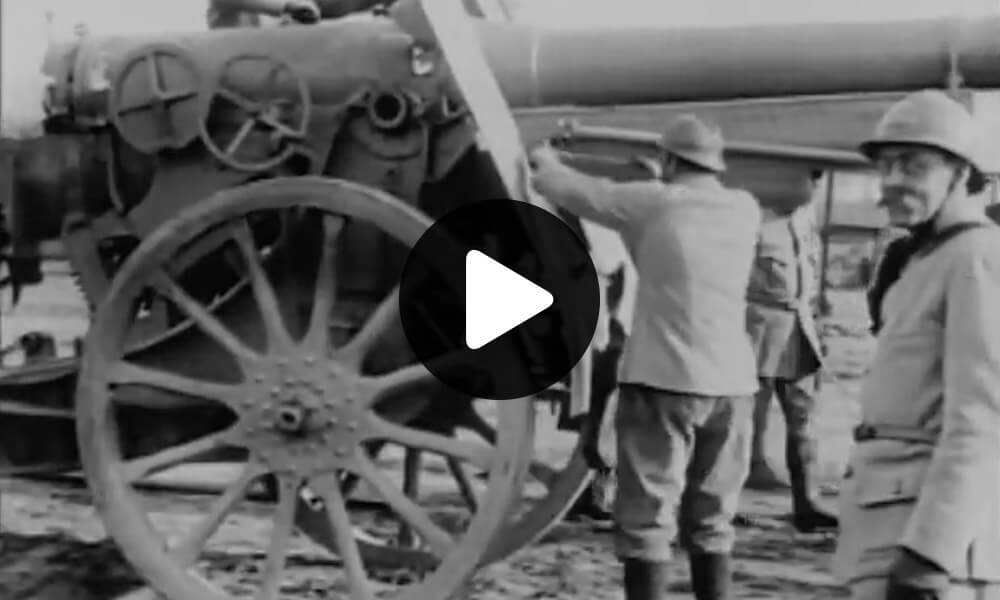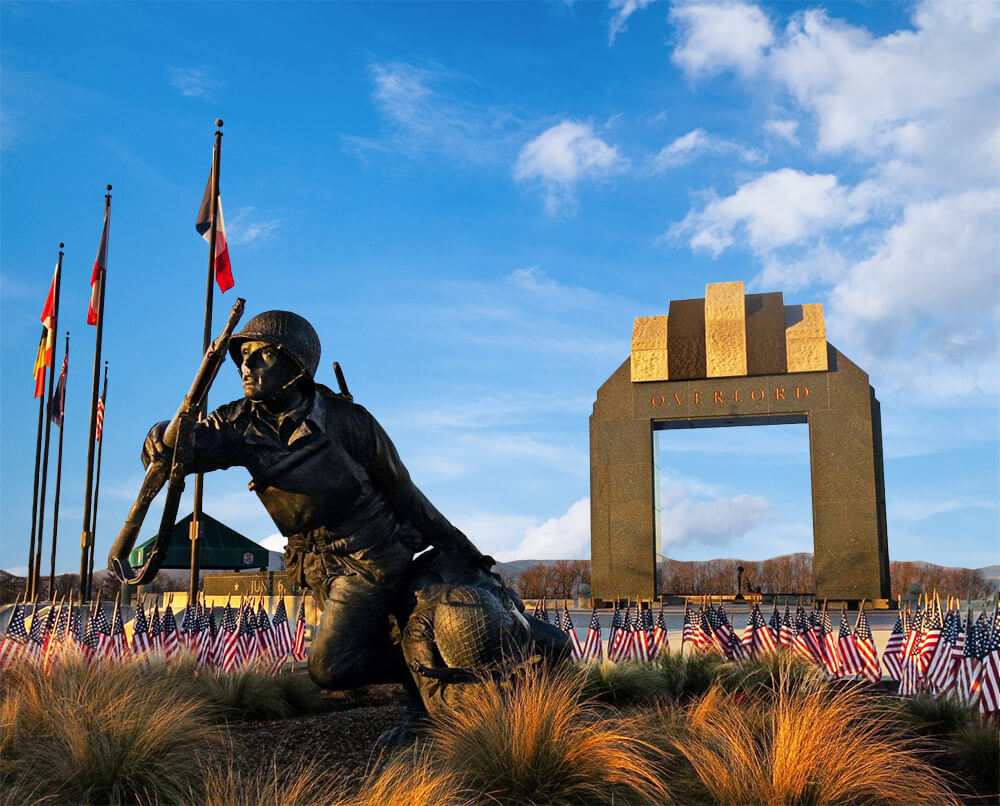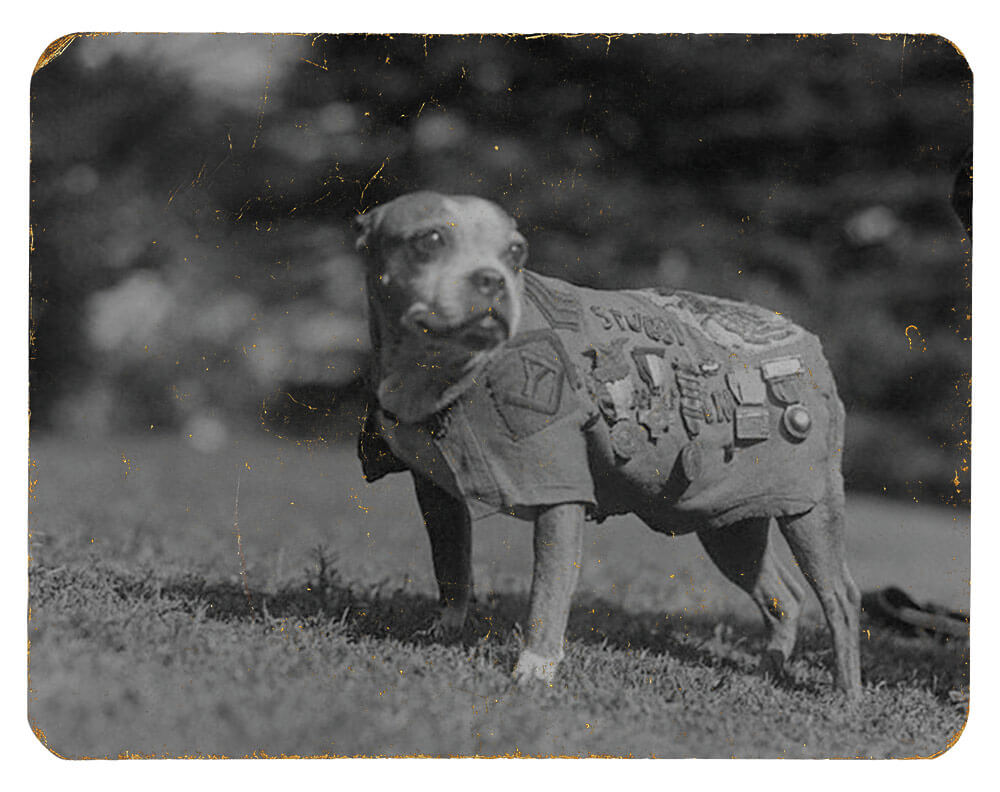
Back then, the United States had only a few 3-inch guns and 6-inch howitzers, and those were replaced primarily with French 75mm guns, and 155mm and 240mm howitzers.
As it entered the war, the United States still believed that light artillery was the more suitable choice for warfare. When the U.S. Army organized its divisions for the American Expeditionary Forces (AEF), each would have one artillery brigade with three artillery regiments – two light regiments with 48 75mm guns, and one heavy regiment of six batteries equipped with 24 French 155mm howitzers.
However, WWI’s trench warfare increased the need for heavy artillery pieces, such as the 155mm howitzer, and decreased the dependence on light field guns. Howitzers had a greater range and were more powerful, making them better suited for destroying fortified enemy targets and hitting rear areas.
Because rapid artillery movement was not as critical, the Europeans fortified their artillery positions by building pits to protect them from counter-battery fire and camouflaged them to conceal their positions from aerial observers. That meant larger howitzers could be better supported and utilized.
At the time, the U.S. Army had 127,000 Soldiers and the Army National Guard had 181,000. But the U.S. needed millions of trained and equipped Soldiers to help the veteran forces of France and England.
Within 18 months, the Army would increase its force to 4 million (and 2 million were fighting in France when World War I ended on Nov. 11, 1918). The U.S. needed to supply its expanded force with arms, and the weapon most difficult to acquire and master in training was artillery.
The Army had nine authorized artillery regiments before the war. After the United States declared war, it formed 12 more regiments to supplement the National Guard and organized reserve artillery regiments, but that wasn’t enough. By the armistice, the United States had 234 artillery regiments.
Though the regiments were put in place, there weren’t enough experienced artillerymen, guns and ammunition to quickly train the needed force. One of the quickest and simplest solutions was to supply the American Expeditionary Forces (AEF) with guns from France. There were plenty of qualified French artillery instructors and plenty of guns and ammunition being manufactured. Using those resources would simplify maintenance and supply in theater.


